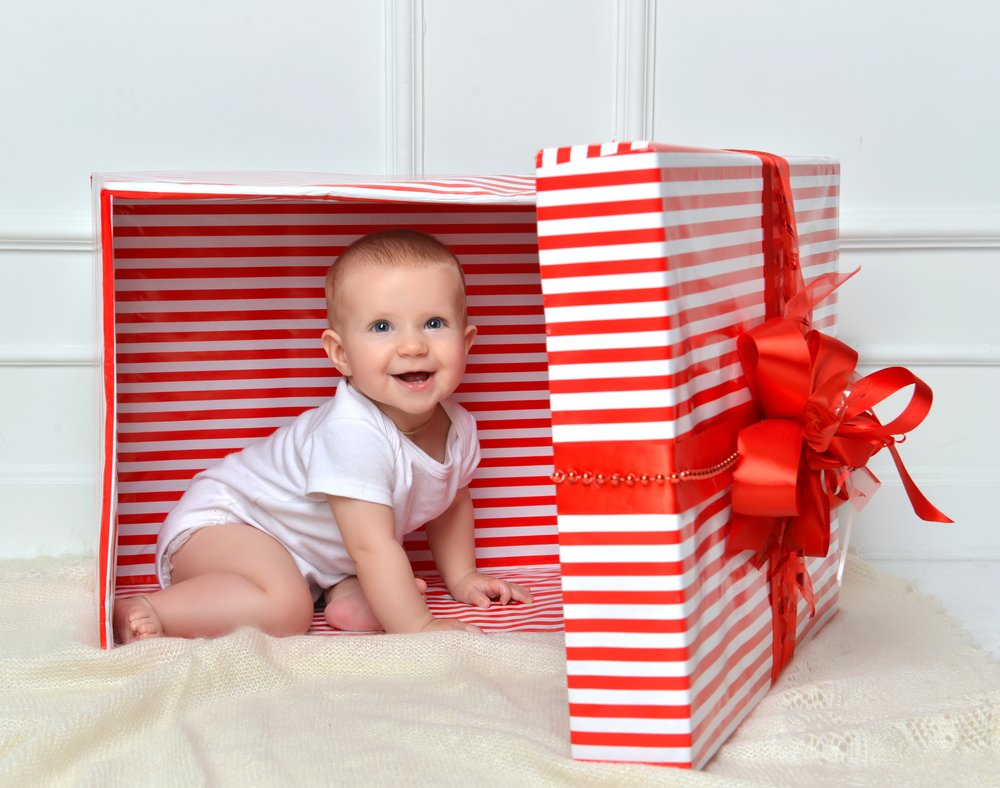Key points:
1. Babies start developing math skills from birth, recognizing quantities and patterns.
2. Early math concepts like “more” and “enough” begin to make sense around 11 months.
3. Babies understand and anticipate patterns and sequences in daily routines.
4. They learn to sort, classify, and fit objects into containers, laying the foundation for geometry.
From day one, your baby started interacting with their environment. As they do this, they will use math concepts to make sense of the world around them. Math might sound too complicated for your tiny baby, but, on the contrary, turns out that they’re natural mathematicians and their math skills will start to develop during their first year of life. How? From the moment they are born, your baby has an understanding of math concepts. Let us tell you more about them.
Quantities
Your baby recognizes quantities. For example, when they cry because they want more food or to spend more time with to you. This happens in the first few months. Much later, when they are around 11 months old, they will learn the meanings of “more” and “enough”, which are two of the first number concepts that children develop.
Patterns
Another way in which they use math skills from the very beginning is through patterns. They experience these and routines every day, which enables them to become logical thinkers that analyze how their environment works in a predictable way. Have you noticed that when you do something, they begin to recognize and anticipate what comes next? Maybe you just placed them where you usually place them while you fix up their bath, and you can tell they know what’s coming next. They begin to recognize and anticipate a pattern of sequential activities that demonstrates how you will care for them on a daily basis.
Sequencing
Once they recognize patterns, they will also begin to understand sequencing. This is the particular order in which related events or things follow each other. When your little one starts recognizing sequences, they develop a sense of order, logic, and reasoning.
They see the sequence of activities within their day and are able to predict what may happen next. By age one, your child will become more involved in activities that follow certain steps, such as going for a walk, eating breakfast, washing up, and brushing their teeth. Each of these activities represents a sequence of events for your child.
Sorting and classifying
Your little one will become aware of similarities and differences among objects. This will allow them to sort and classify, two actions and mathematical concepts that are usually learned near when children are turning one. This will be accompanied by their first attempts to fit objects into containers of various sizes, which is the basis for learning geometry.
How can you help?
Once you know your baby is in contact with math concepts, you can help them develop these concepts with intention and not only spontaneously. Here are some cool activities you can do at home.
- From 1 to 4 months, you can read books that incorporate math concepts; you probably have some of these at home. Even though it might seem that your little one is not understanding much, they are absorbing math and language skills! Plus, if you make it part of their routine it can be even more beneficial. You can also bounce them, while your partner claps. One clap per bounce will help them develop the foundation for their one-to-one skills which are related to future number awareness.
- From 4 to 8 months, you can use materials with different textures. Rub them over their legs and arms and talk about how they feel on their skin. You can also fill in empty water bottles with baby powder, cotton balls, paper clips, etc. Seal the lid and let them explore the new toy and start experimenting with its sound and weight. Their curiosity will run wild and they’ll want to run many experiments! You can play Peek-a-boo and use math talk with phrases like “You have two eyes, two ears, one nose”.
- From 8 to 12 months you can tie a couple of colored scarves and put them through a paper towel tube, leaving one end sticking out. Once they are holding the tube, let your baby pull the scarves through it. This will impact on their math skills, problem solving abilities and cause and effect thinking. You can also lay out boxes for your baby to crawl through and talk about what your baby is doing while they crawl, exposing them to language too!
During the day your baby has a lot of opportunities to discover math concepts through play and by hearing new math words. Math is everywhere! The more you engage with your little one in math play and math talk, the better chance they will have to develop the early foundations needed for learning math.
Whole Child Parenting by The Whole Child Parenting Program was consulted.








